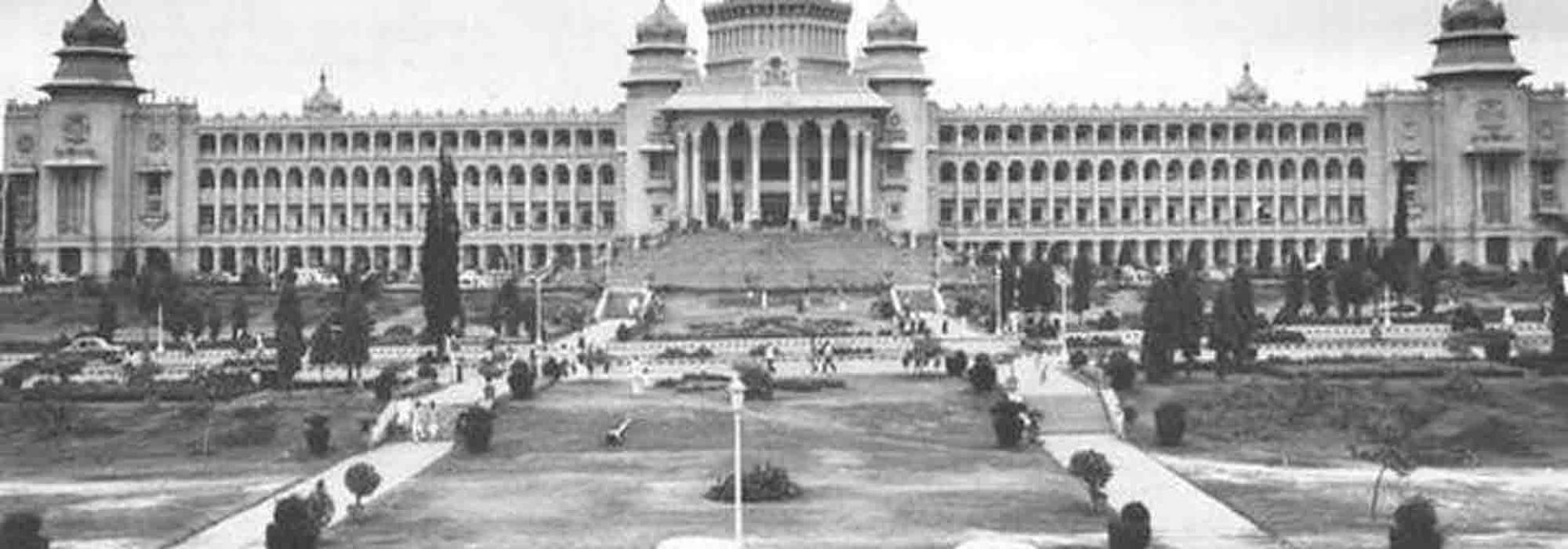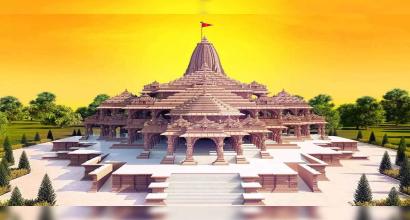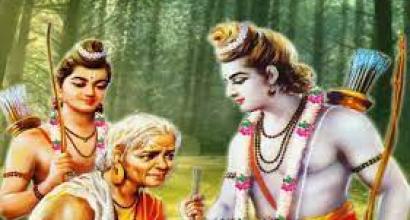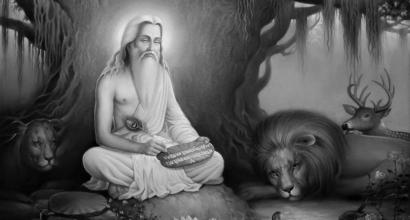There were two major social conventions that took place within eight years spanning between 1920–28: (i) Prajamitra Mandali or the unrest in favour of non-brahmin sections, Miller Committee, etc. belong to this group and (ii) Progressive Party.
I’ve said everything that I could about the first group. The second one, was specifically a result of Krishna Rao’s efforts. Commemoration of the Late Hosakoppa Krishna Rao is bound to be a part of the history of Mysore’s public life.
He probably stepped into the sphere of public life sometime around 1913–14, which was also the beginning of Sir M Visvesvaraya’s tenure as Diwan. Back then, Krishna Rao was a young member of Citizens Representative Assembly. Elegant in style; a slim, tall man; gleaming eyes; grinning face; and dressed according to the day’s fashion. A woollen suit tailored to fit well, necktie, white Mysore peta (turban) with a golden border, a silk handkerchief glancing out of his pocket, a watch in one of his waist coat pockets connected to another pocket by means of a golden chain, rings on his finger – all these added charm to his character. Hosakoppa Krishna Rao was a zamindar, a coffee planter; an affluent individual who also had affluent relatives going by the standards of those days. It was a custom those days for a few members of the assembly to make request and read out a memorandum after the Diwan had completed his speech on the first day of the Citizens Representative Assembly. On one such instance, Hosakoppa Krishna Rao had addressed a memorandum to Visvesvaraya. That memorandum booklet was printed and well-bound, on a paper the size of trump cards or what was more famously known as a ‘ladies visiting card.’ Since this was a rare article, it caught the attention of nearly everyone. I’ve heard that Visvesvaraya invited him over to his office the next day to have a talk with him. Many people who knew Visvesvaraya would have guessed that he might have been impressed by such a well-dressed gentleman who was so passionate about his duties. At the time of meeting him, Visvesvaraya noticed that Krishna Rao wasn’t a man who knew English. He was astonished to know that someone so fashionable in his dressing sense and conduct didn’t know English. Krishna Rao was an ingenious person too. Visvesvaraya then advised him to learn English, participate in social affairs, and gradually qualify to be a part of national leadership. This advice appealed to Krishna Rao. Then on, his involvement in progressive politics saw a steep rise.
He gained significant English proficiency in four to five years. His eloquence and oratory prowess in Kannada grew more impactful. His knowledge in politics gradually strengthened. He founded a political entity called the Progressive Party. This organisation comprised mainly of people who were the members of Citizen Representative Assembly. Krishna Rao undertook quite a few promotional ventures under the umbrella of this organisation. He addresses contemporary public issues by avidly publishing his Kannada and English articles in newspapers. He also published a colossal book on organisation of Indian politics. I remember that the book also included a section addressing the design of Indian flag.
He had hired a few people to assist him in writing. V S Sanjeev Rao, a prominent journalist, was one of them. His statements usually appeared in newspapers at least once a week. “Mr. Hosakoppa Krishna Rao Wires” appeared more times than “Mr. Hosakoppa Krishna Rao Writes.” He had invested a lot of money in this promotional venture. Articles that came out in his name were far more effective than the words he spoke.
Krishna Rao was a good connoisseur and a benevolent man. His presence meant a crowd would have gathered there. I still remember the flavour of his hospitality. He was well versed in Tala-maddale and Yakshagana. He would relish these plays with a group of his friends. I savoured being a part of this group on a couple of different occasions. He played a prominent part in a lot of organisations such as the Hindu Seva Dala. He was also the president of the Kadur District Board for some time. His final days weren’t quite comforting for him. I wasn’t one of the insiders of his Progressive Party. It was an organisation that was functional mainly because of personage of Krishna Rao. It wasn’t able to stop the communally fuelled unrest triggered by Prajamitra Mandali. Yet his efforts were fruitful to an extent in reiterating the validity of a comprehensive national vision and an ambition of national progress.
The year 1928 was etched in the history because of Sultanpet turmoil. There were two outcomes of this event – (a) Protest from Hindu organisations and (b) Demand for a democratic government.
A Hindu Mahasabha was established to unify Hindu population and to tackle any issues that might cause concern to Hinduism or the Hindu society. Sampige Venkatapataiah took lead in this regard. Ganeshotsava, promotion of Garadi Vyayama, and a few other initiatives of this organisation went on for about four to five years.
This now reminds me of a humorous event. There were two factions in the Hindu society back then. One of it suspected the other to be in favour of the government. H C Dasappa was a forerunner of one of these factions. V Venkatappa was a part the other. The first group was of the opinion that establishment of Hindu Mahasabha was unnecessary. The other opined for immediate requirement for a Hindu establishment. The latter faction planned for inaugurating a branch of Hindu Mahasabha in Mysore and organised a large symposium in this regard at the Mysore Town Hall. They invited an eminent person – either Banumaiah or Vardhamanaiah – to preside over the day’s inaugural event that was scheduled to begin at eight-thirty in the morning. The convenor had travelled to the president’s house to escort him to the event. The Town Hall’s clock struck 8.30 even before they arrived at the venue. At that very instant someone from the crowd stood up and said, “I endorse Sriman Nilagiri Sanjivaiah to preside over this convention.” A few people from the crowd applauded. Sanjivaiah made no delay in walking up to the stage, adorned the seat reserved for the president even as he thanked the audience and mandated the commencement of events. The convenor and the invited president arrived at the venue two or three minutes later. They were baffled to see the result of their delay. Their event was hijacked by members of the opposing faction.
The second result of the Sultapet unrest was an overall political awareness. An awareness that (1) such atrocities won’t cease from recurring if political powers are in hands of a single authority, (2) primary need in the state is a citizen-centric political system and (3) the government must function by honouring and reconciling views of its citizens – these points had a universal appeal on the minds of the people. The report of the Visvesvaraya Committee was along the same lines too and recommended for the formation of a responsible government. Now the need for forming a responsible government that functioned irrespective of the caste, creed, religion, or profession became evident in people’s minds. In accordance with this, a new organisation called National Progressive League was established around 1928-29. This too saw an end after declaring a few goals and enunciating some principles through a couple of its meetings.
K Chengalaraya Reddy entered political arena at around 1928–29. Back then, he began as a member of Citizens Representative Assembly. He never associated himself with any party for some time. A multi-party meet to discuss the reformation of Indian state, called the Round Table Conference was scheduled to take place in London in 1931. Sir. Mirza Ismail was supposed to take part in it as a representative of Mysore. In this light, he had organized a representatives meeting in Bangalore with an intention of collecting a feedback about his administrative duties. A few of the meeting invitees held a private meet prior to the scheduled event in which they drafted a letter requesting a robust structure to be made available to public opinion and intended to present it before Sir Mirza Ismail. A request letter was drafted accordingly. The letter had explicitly reasoned out (1) the need for princely states to adopt a responsible government and (2) the considerations that are to be bestowed upon the princely states by the government of unified India. Once the letter was drafted, there arose disputes not only in matters of editing and presentation of the draft but also with respect to its signatories and the order of their names on it. Whoever initiated this squabble wasn’t stern in their appeal and the issue saw a closure when they took a stand to compromise on insignificant issues, as long as the prime issue was addressed in the body of the letter. D S Mallappa presented the letter by reading it out to the Diwan on behalf of the progressive group. A majority of the eminent people gathered there signed their names on it – irrespective of religion, caste, and affiliated groups.
Bangalore hosted the State’s People’s Conference in 1931. Prof. G R Abhyankar, an advocate in the Sangli province and also a professor at the Pune Law College presided over the event. Self governance must be instituted in princely states; the princely states must be included to be a part of integral India; and a few other resolutions along the same lines were passed at the meet.
The Lawyer’s Conference was held at Madhugiri in 1932. All Parties’ Conference was also held at about the same time. The white paper of policies passed by Sir Samuel Horr, the then India Secretary was examined and denounced for its non-consideration of welfare pertaining to princely states during the conference.
It appears like the Indian National Congress saw its inception in Mysore prior to 1921–22. It had gained popularity and the respect of the people. Yet it was only around 1932 that it gained real strength and became truly functional – when Prajamitra Mandali and its heir Prajapaksha merged with Congress. A few days before this, Prajamitra Mandali had held a party meet in Kolar. And one fine day, as inadvertent as it may seem to an outsider, all of the party leaders signed up as members of the Congress. Those who had hung up their handkerchiefs and hats in their closet the previous night wore the Gandhi cap when they woke up the next morning. A few among them were genuinely adherent to Khadi and nurtured Gandhian principles even earlier. Thus the state witnessed a surge of virility in politics through this incident. I’ll stop now with this episode.
All these incidents that I’ve narrated are just based on my memory. I do not have the corresponding evidences or documents in front of me at the moment. I do not have enough spare time to compile them. There might be a number of blunders and shortcomings in what I remember – dates might have been mixed up; I may have forgotten quite a lot of important points and episodes. I believe all the readers recognise that the intention of this article isn’t to dishonour or discriminate against anyone. My intention here is only to highlight some of the older happenings to bring it to the notice of younger generation. Our political development is a resultant of incessant, perennial and multidirectional effort of many individuals. A lot many have exhausted not just physical effort and wealth, but also their time, intellectual ability and mental enthusiasm into it. I hope today’s youth will commit more earnest efforts into their work in this domain if they realise the difficulty with which political progress has been achieved in our country.
This is the fourth part of a four-part English translation of the seventeenth chapter of D V Gundappa’s Jnapakachitrashaale (Volume 1) – Sahiti Sajjana Sarvajanikaru. DVG wrote this series in the early 1950s. Thanks to Śatāvadhāni Dr. R Ganesh for his review. Edited by Hari Ravikumar.




































